Your guide to Japan's Rugby World Cup 2019 cities
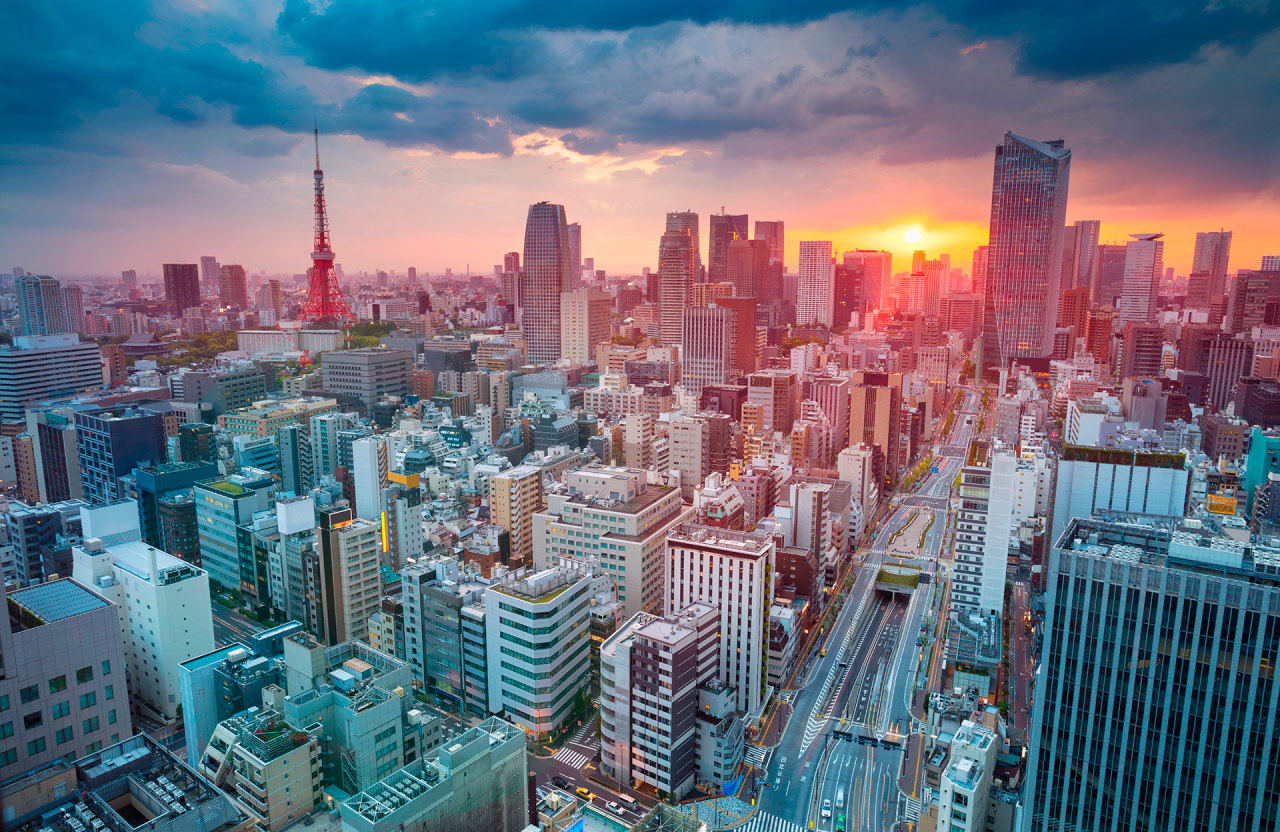
Starting on September 20, the Rugby World Cup 2019 is set to be one of the most thrilling sporting events of the year.
This is the first time the competition has taken place in Asia, with Japan hosting across twelve very different venues.
Whether you have tickets to a match or are planning a separate adventure to Japan, there are plenty of cultural experiences, beautiful surroundings and cities to explore. As kick off approaches, September Withers introduces you to Japan’s host cities, showcasing all there is to see and do beyond the stadiums. Let the games begin!
Sapporo City (Hokkaido Prefecture)
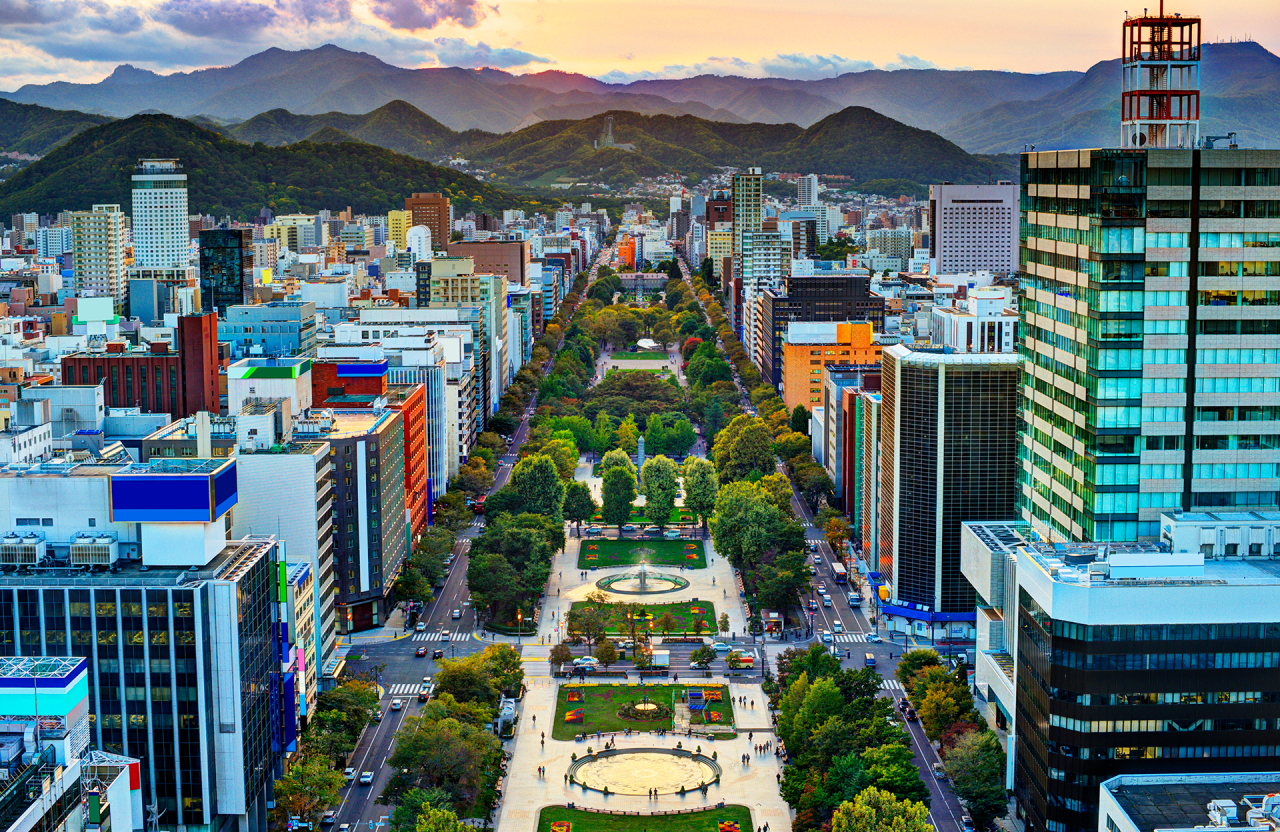
Home to the nation’s oldest brewery and the proud owners of a beer named – you guessed it – Sapporo; this vibrant city is the fifth largest in Japan offering lots of activities and sights for visitors to experience.
Though Sapporo is the bustling capital of the Hokkaido Prefecture, what sets it apart from other busy cities is its plethora of urban environments to relax and unwind in.
Odori Park is an oasis of trees, lawns, flowers, fountains and sculptures in the heart of Sapporo and spans roughly 1.5km. Originally intended to be Sapporo’s main street, it eventually became a recreational area and now plays host to fun events throughout the year, including a summer beer garden and a winter snow festival. A TV tower landmark with an observation deck can be found in this pretty green space, which boasts incredible views of the park and city below.
If you’re a foodie Curb Market is a must-visit. Located just outside of Sapporo’s Central Wholesale Market, you’ll find an abundance of stores and restaurants selling freshly caught seafood such as crabs, squid and scallops as well as seasonal fruit and vegetables. Inside, you can sit down to eat meals cooked from ingredients sourced that very same day. Itadakimass! (bon appetit!)
Games hosted in Sapporo: Australia v Fiji (21 September); England v Tonga (22 September)
Kamaishi City (Iwate Prefecture)
Known as the birthplace of Japan’s modern iron and steel industry, Kamaishi has a devastating recent past and a hopeful future.
This impressive city was once a small fishing village before iron ore was discovered in the area almost 300 years ago. Over time, it became a world-class steel manufacturer and an important fishing port.
It’s impossible to ignore Kamaishi’s tragic recent past during a visit – in 2011 the city was hit by a diastrous tsunami – but it is possible to see the promise of a better future as construction work continues to bring residents together.
Top of any itinerary should be a visit to the buzzing fish market Sunfish Kamaishi. Open daily (closed on the first, third and fifth Wednesday of the month), travelers will discover rows of fishmongers on the ground floor selling all types of fresh fish as well as a number of restaurants on the second floor serving breakfast and lunch dishes.
Games hosted in Kamaishi: Fiji v Uruguay (25 September); Namibia v Canada (13 October)
Kumagaya City (Saitama Prefecture)
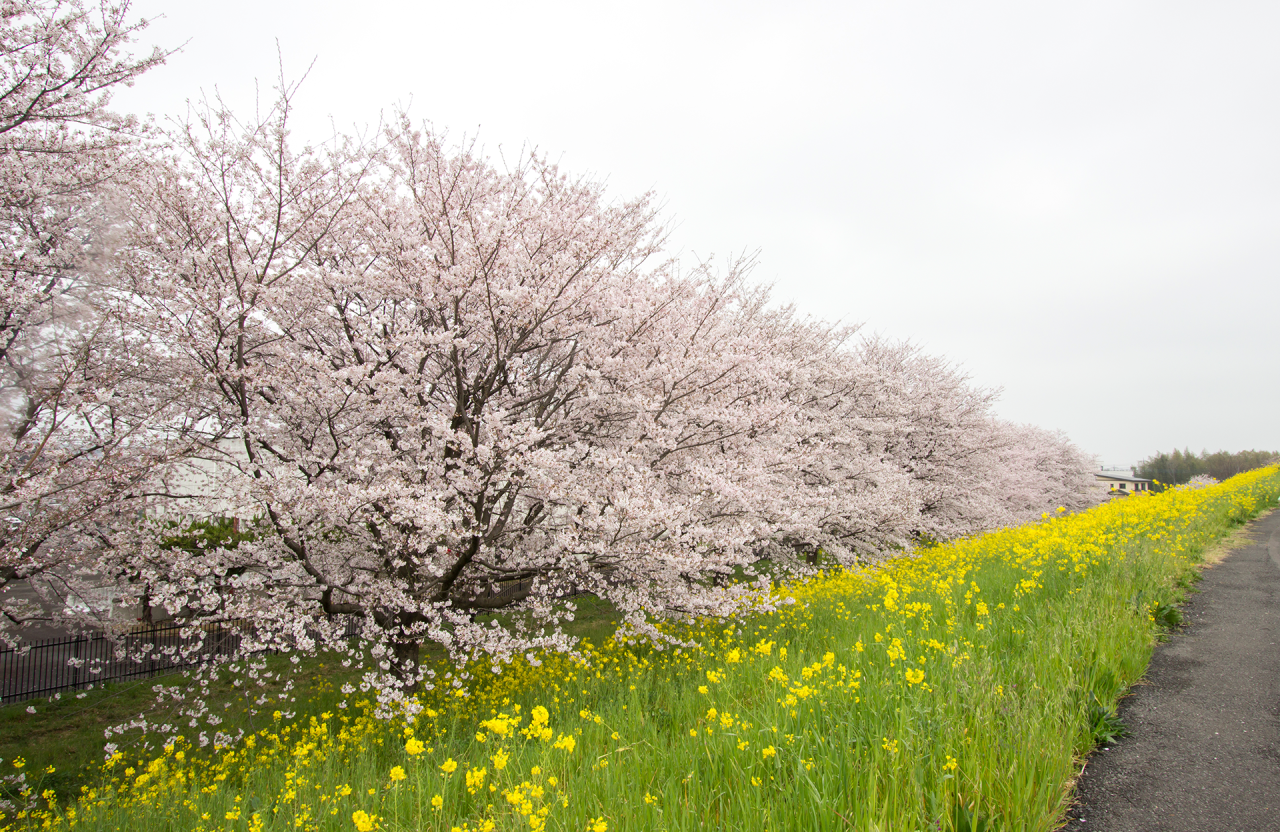
As one of Japan’s top 100 cherry blossom spots, Kumagaya is already firmly on the map for travelers who are keen to witness the mesmerizing rows of pale pink and violet cherry trees along the river in Kumagaya Sakura Tsutsumi.
With full bloom expected in March and April, you’ll still find lots of other fascinating activities in Kumagaya to keep you busy, such as visiting the Menuma Shodenzan Kangiin: one of Japan’s greatest Shoden temples. Bursting with colour, shrouded in gorgeous decorations and with a dazzling main hall (itself designated as a Japanese national treasure), it makes for an enchanting afternoon trip.
Feeling peckish? You’re in the right place. Kumagaya is one of the leading producers of wheat in Japan, so it’s no surprise that the city’s signature cuisine is udon noodles. Head to Kumagaya Udon Kumatamaya, an udon restaurant next to Kumagaya Station favoured highly by locals.
Games hosted in Kumagaya: Russia v Samoa (24 September); Georgia v Uruguay (29 September); Argentina v USA (9 October)
Tokyo

Tokyo is an electrifying metropolis, buzzing with spirit, life and an energy that knows no bounds. It is a city brimming with ancient history, virtual reality and enchanting futurism. One moment, you may find yourself exploring the oldest and most significant temple in Tokyo: Sensoji Temple. The next, you may find yourself lost in Akihabara: the epicenter of Anime.
With so much to see and do, from eating bowls of silky ramen noodles to visiting the observation deck at Tokyo Skytree (the world’s tallest tower), it’s a good idea to plan ahead in order to experience as much as possible.
Without doubt, the famous Harajuku Lane stands out from the crowd as one of Tokyo’s most popular tourist spots. It’s a fascinating, quirky and eccentric place that focuses on peculiar fashion items for teenagers.
Games hosted in Tokyo: Japan v Russia (20 September); France v Argentina (21 September); Australia v Wales (29 September); England v Argentina (5 October); New Zealand v Namibia (6 October); Quarter Final 2: Winner Pool B v Runner-up Pool A (19 October); Quarter Final 4: Winner Pool A v Runner-up Pool B (20 October); Bronze Final: Loser Semi Final 1 v Loser Semi Final 2 (1 November)
Yokohama City (Kanagawa Prefecture)
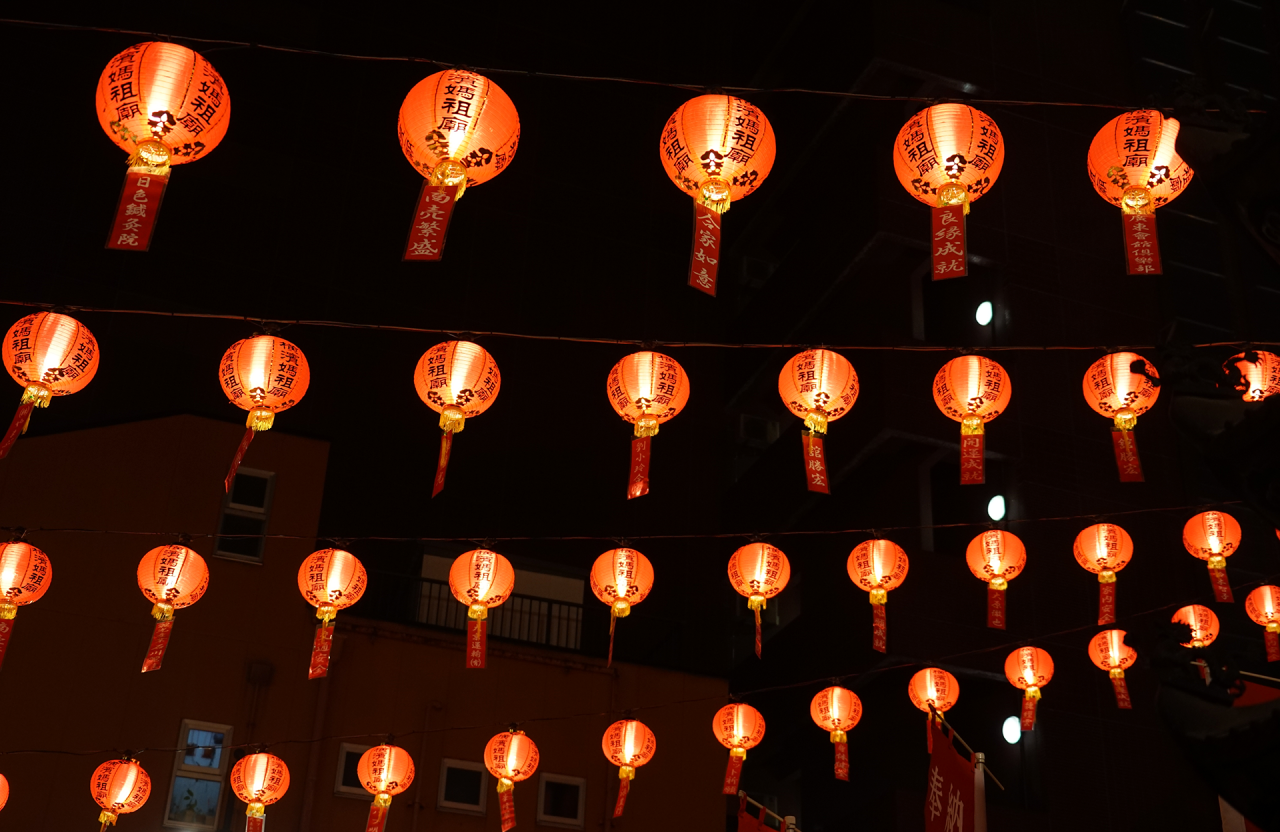
Yokohama is Japan’s second largest city and has been a center for shipping, trade, foreign contact, and modern ideas since the mid-19th century. Situated less than half an hour south of Tokyo by train, this city is essentially the laidback version of Japan’s capital.
Originally a small fishing village, its population is now nearly four million. There’s something for everyone to enjoy here – from taking a cruise from one of the tour operators on the waterfront of Yamashita Park, to visiting Shin-Yokohama’s Raumen Museum; a food-themed amusement park dedicated to oodles of delicious noodles.
One of the cities greatest attractions, however, is Yokohama Chinatown – the largest of Japan’s three Chinatowns. Expect traditional red lanterns, bold and bright décor and some of the best food stands and restaurants in the area - Houtenkaku is rumoured to be one of the top spots in Chinatown for lunchtime dim sum.
Games hosted in Yokohama: New Zealand v South Africa (21 September); Ireland v Scotland (22 September); England v France (12 October); Japan v Scotland (13 October); Semi Final 1: Winner Quarter Final 1 v Winner Quarter Final 2 (26 October); Semi Final 2: Winner Quarter Final 3 v Winner Quarter Final 4 (27 October); Final: Winner Semi Final 1 v Winner Semi Final 2 (2 November)
Shizuoka (Shizuoka Prefecture)
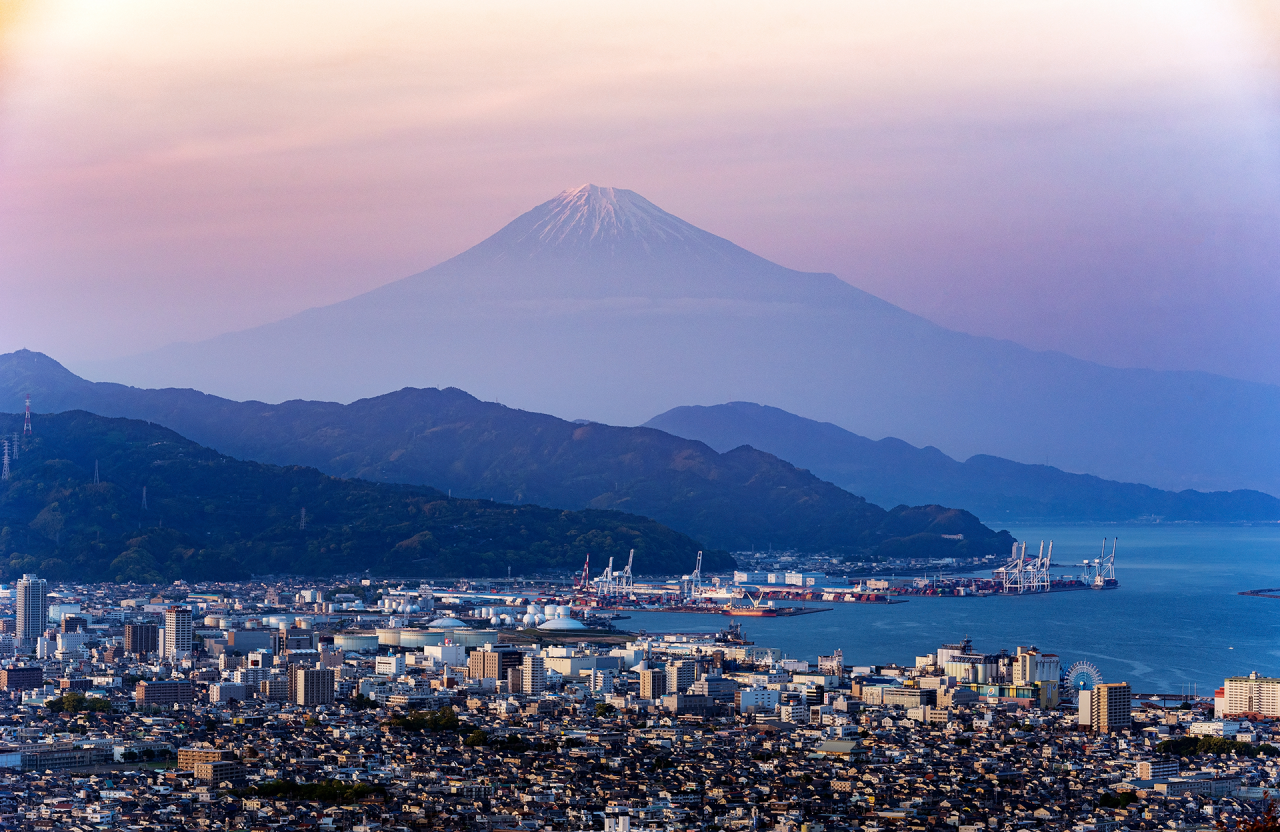
With Mount Fuji and the Izu Peninsula located in the Shizuoka Prefecture, visitors have so much to look forward to when they make the trip to this beautiful area. Hot springs and beaches can be reached by public transport while fascinating ruins reside just 3km from the train station. The Toro Ruins, near the port, have reconstructions of ancient buildings and an excellent interactive museum.
For breathtaking views to Mount Fuji and Izu, head to Nihondaira Plateau, in the east of the city. Nearby you’ll also discover Kunozan Tosho-gu, one of the three top Tosho-gu shrines.
Games hosted in Shizuoka: Japan v Ireland (28 September); South Africa v Italy (4 October); Scotland v Russia (9 October); Australia v Georgia (11 October)
Toyota (Aichi Prefecture)
It’s not just about cars in Toyota, though they do play a big part in the area’s history. Originally named Koromo, the city’s name changed to Toyota in 1959. Car fans can visit the Toyota Kaikan Museum & Plant Tour where the latest models and manufacturing technology are exhibited.
If you’d rather stick to Toyota’s outdoor spaces, then the Korankei Gorge is also in the Aichi Prefecture and boasts out-of-this-world autumn foliage throughout the month of November. It’s not the easiest place to reach but those keen to see nature’s magic, as 4,000 trees display red, yellow and golden leaves, should head to the Taigetsukyo Bridge for the perfect picture-taking spot.
Games hosted in Toyota: Wales v Georgia (23 September); South Africa v Namibia (28 September); Japan v Samoa (5 October); New Zealand v Italy (12 October)
Higashi-osaka (Osaka Prefecture)
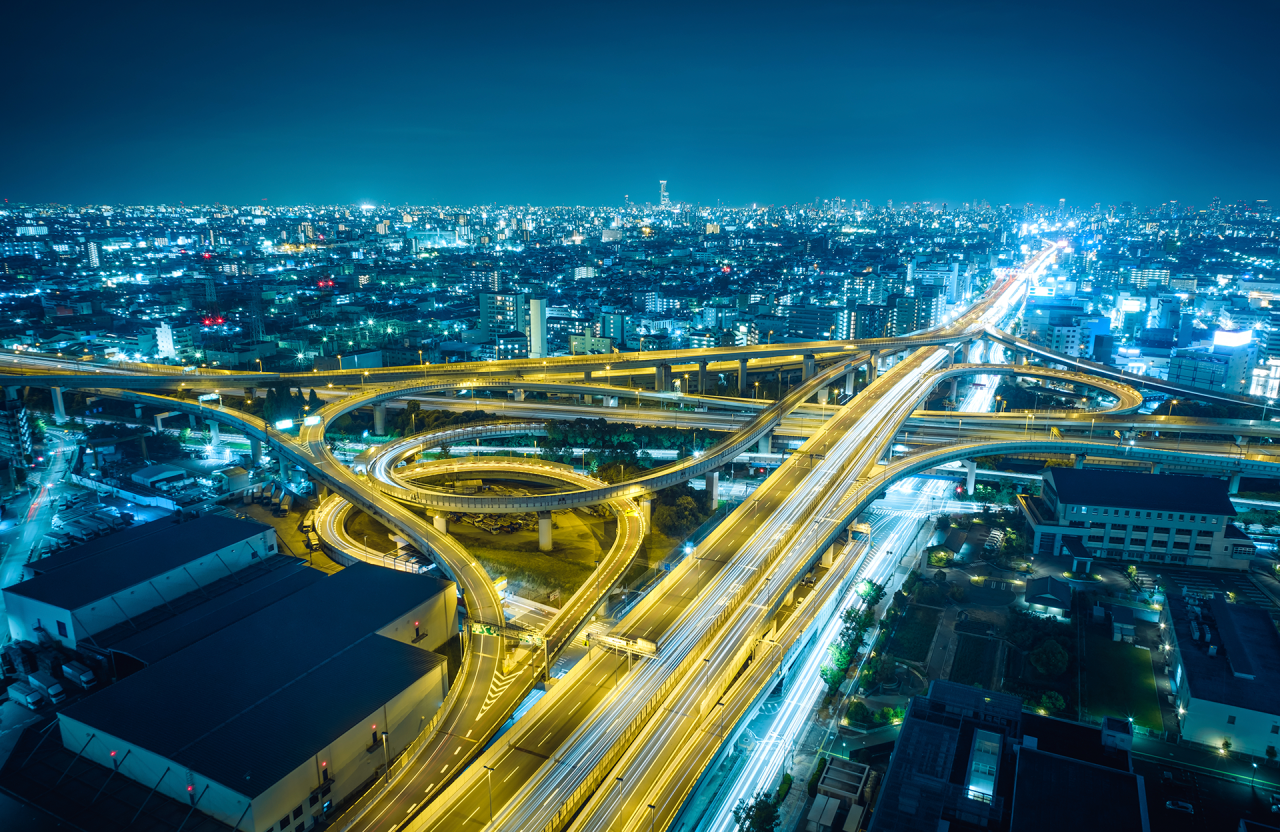
Known for its love of rugby, Higashi-osaka is one of Japan’s most passionate sporting cities, with the oldest dedicated rugby stadium located here. The stadium is worth visiting even if you don’t have tickets to a World Cup match as it holds a special place in the hearts of Japanese rugby fans. Higashi-osaka is a peaceful city and it’s here that you’ll find the Ishikiri Tsurugiya shrine located at the foot of Mount Ikoma.
Should you be on the hunt for a souvenir then a local market near to the shrine sells great local produce including traditional Japanese sweets and snacks.
Games hosted in Higashi-osaka: Italy v Namibia (22 September); Argentina v Tonga (28 September); Georgia v Fiji (3 October); USA v Tonga (13 October)
Kobe (Hyogo Prefecture)
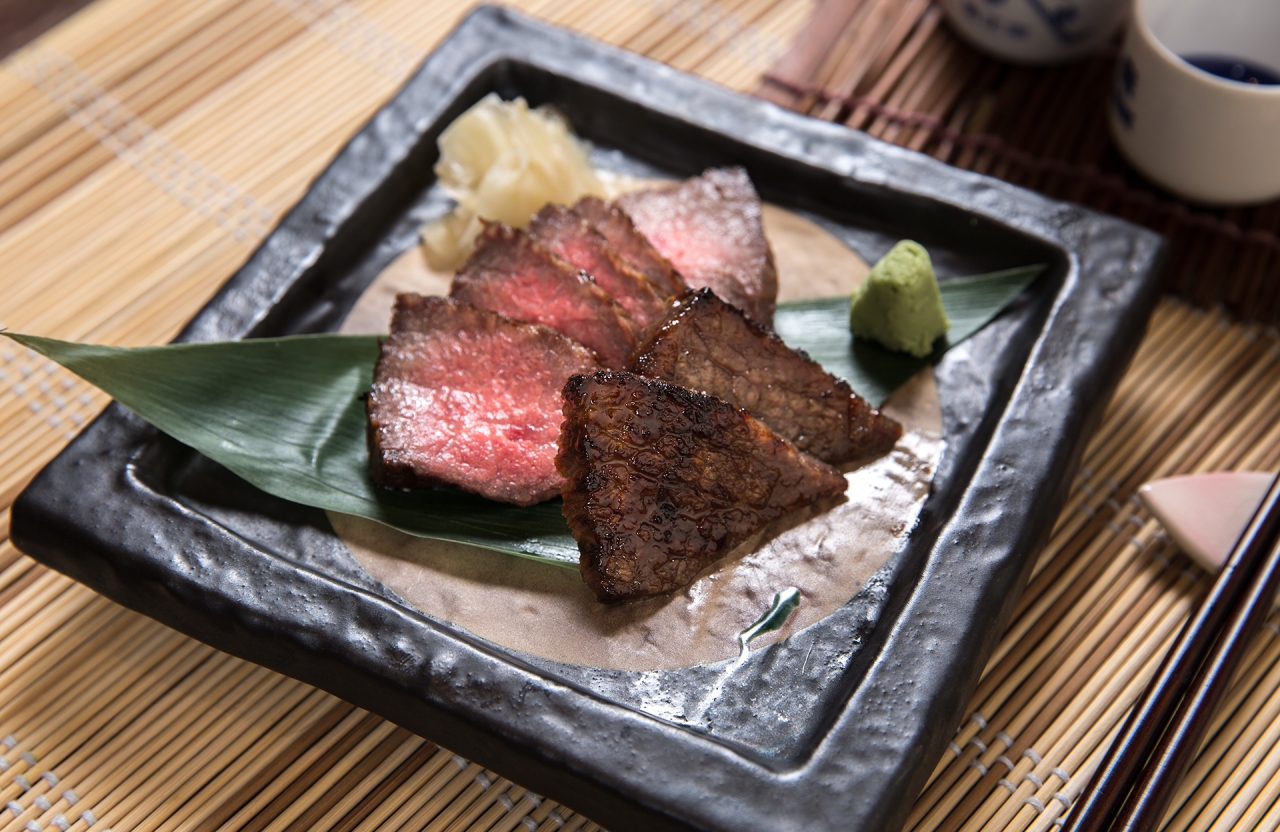
Kobe has been a center of international trade since the 8th century and is today home to a large expatriate community. The city hit the headlines in 1995 when a huge earthquake struck, but there is little evidence of the disaster now, so the city has effectively been rebuilt. The downtown area is famous for its nightlife, while Kobe beef is renowned around the world.
For a moment of mindfulness, Meriken Park is a lovely waterfront space in Kobe’s port area. From the park you will see the distinctive outline of the Kobe Maritime Museum, which has a roof designed like the sails of a ship. For a good overview of the area climb the Kobe Port Tower on Naka Pier.
Games hosted in Kobe: England v USA (26 September); Scotland v Samoa (30 September); Ireland v Russia (3 October); South Africa v Canada (8 October)
Fukuoka (Fukuoka Prefecture)
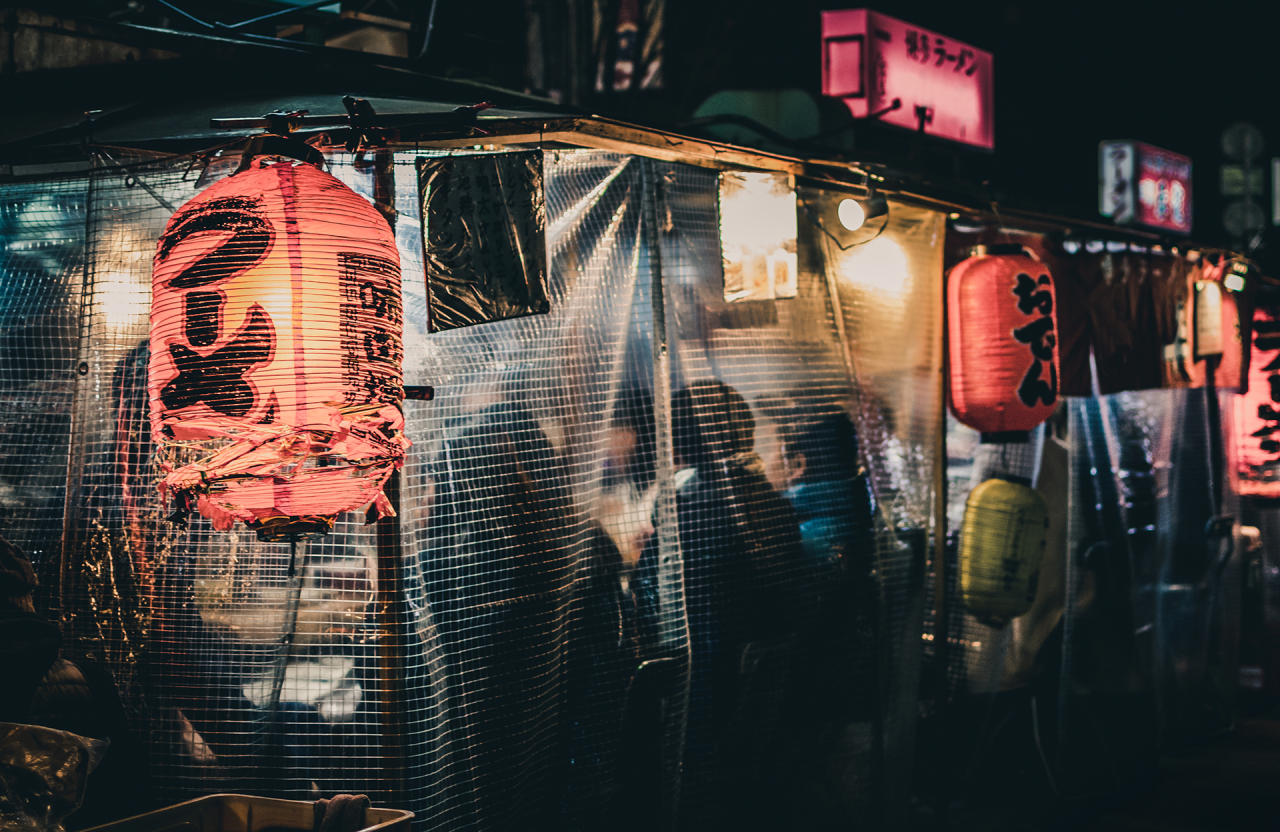
On the northern shore of Japan’s Kyushu Island, Fukuoka awaits. The city is an attractive place to visit as it’s close to the coast, the mountains and the countryside.
Foodies will delight in the delicious local cuisine served here. Follow your nose to the Yatai food stalls located throughout the city center and dig into a dish of the popular Hakata Ramen: thin ramen noodles swimming in tonkotsu (pork bone broth).
For the history buffs, the ruins of Fukuoka Castle are a 4km walk from Hakata station (Fukuoka’s main railway station). Travelers can see a small number of the castle’s remaining walls and turrets and explore the many walking paths in Maizuru Park, which houses the ruins.
Games hosted in Fukuoka: Italy v Canada (26 September); France v USA (2 October); Ireland v Samoa (12 October)
Kumamoto (Kumamoto Prefecture)
Kumamoto Castle is one of the most famous landmarks in the pretty city of Kumamoto. The castle is one of Japan’s largest and most complete with impressive grounds that were once open to visitors. Unfortunately, the earthquakes of April 2016 caused significant damage to the castle and currently it is only possible to view the fortress from the outside until spring 2021.
As well as the castle, Kumamoto boasts beautiful architecture, greenery and outdoor spaces. The Suizen-ji Joju-en Garden is an incredible place to while away an afternoon; visitors can enjoy the artificial mountain designed to look like Mount Fuji and other precious intricately designed features.
Games hosted in Kunamoto: France v Tonga (6 October); Wales v Uruguay (13 October)
Oita (Oita Prefecture)
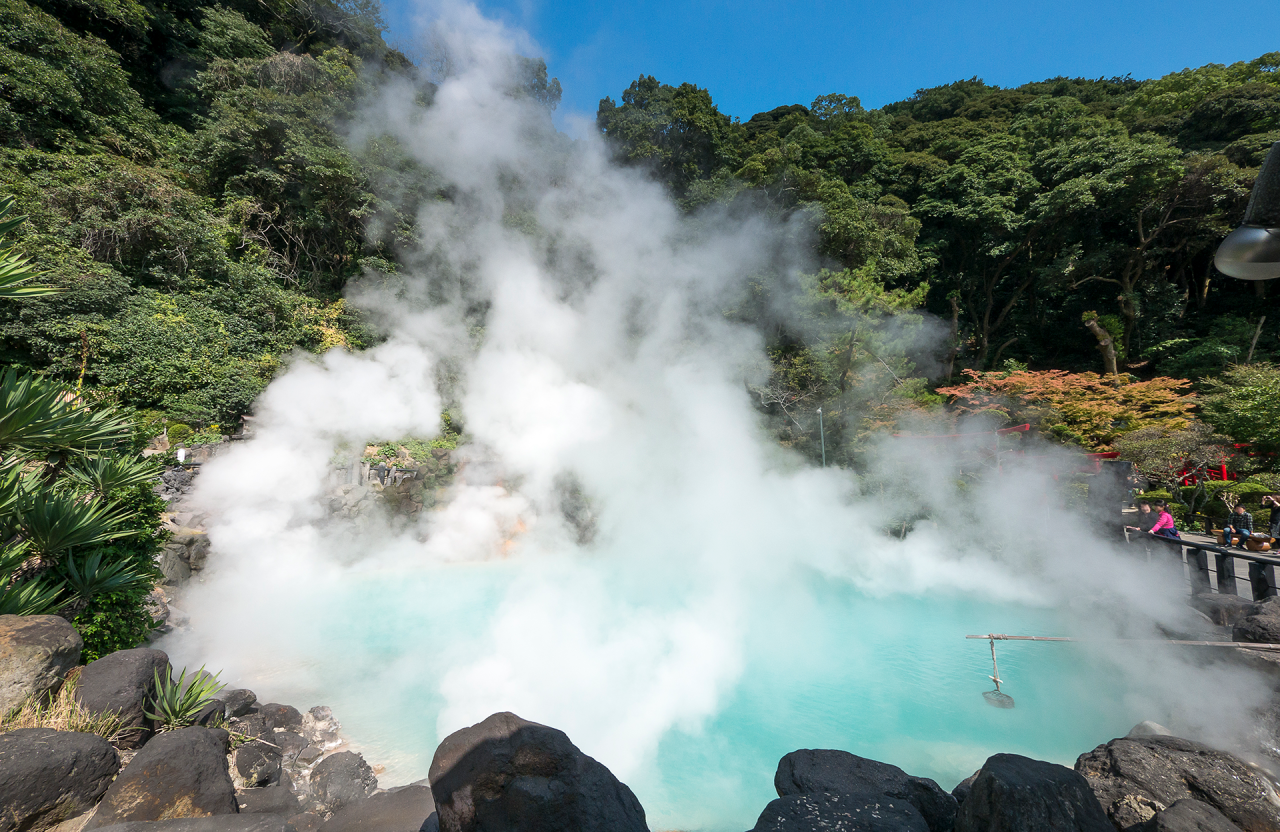
In January 2005 two towns were merged into Oita, making it the most densely populated city in the Oita Prefecture. Famous for its hot springs, travelers flock to the city, which is surrounded by a rugged mountainous landscape, to experience bathing in the area’s relaxing waters.
Beppu is a city that neighbours Oita and it’s here that travelers can dip their toes into an abundance of thermal springs. You can even try easing yourself into a sand bath, where bathers are buried in naturally heated sand.
Games hosted in Oita: New Zealand v Canada (2 October); Australia v Uruguay (5 October); Wales v Fiji (9 October); Quarter Final 1: Winner Pool C v Runner-up Pool D (19 October); Quarter Final 3: Winner Pool D v Runner-up Pool C (20 October)
Read next
11 savoury and sweet Japanese snacks you'll love
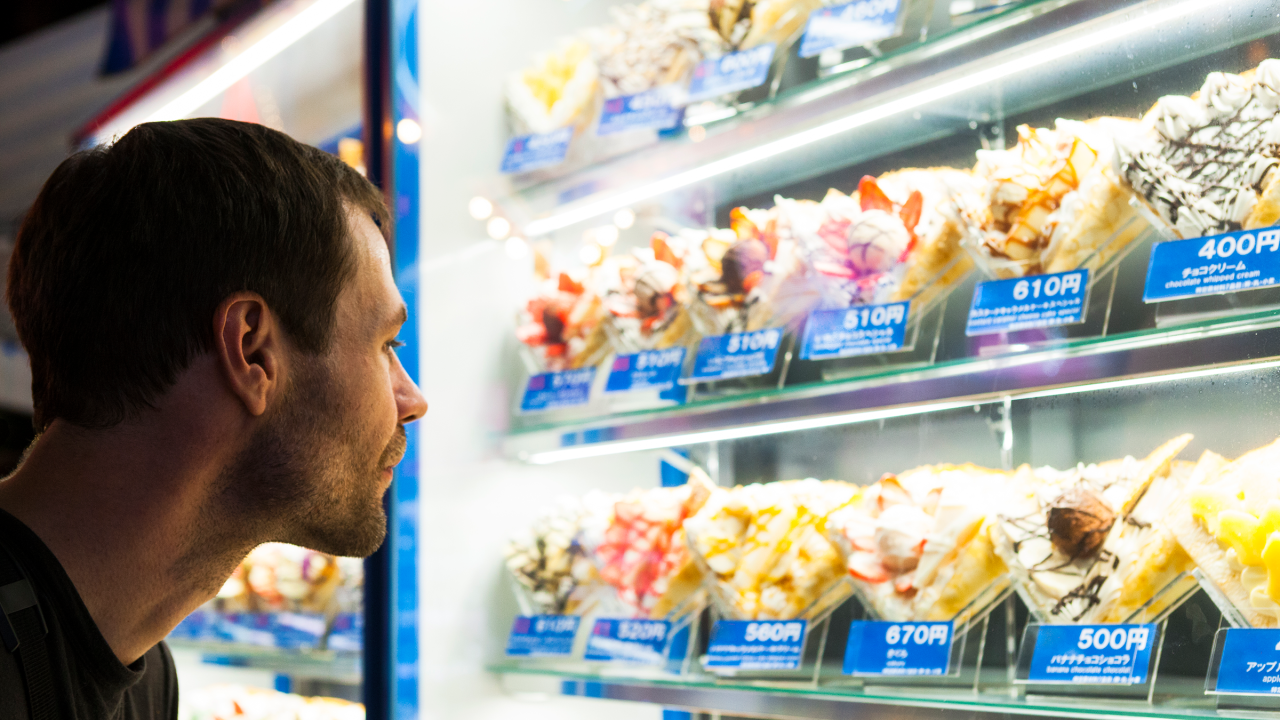
We all know that Japan is home to many unique cultures, practices and foods – but what you may not know is that Japan is also home to some of the world’s best (and strangest) snacks...
Why Japanese whisky is so good
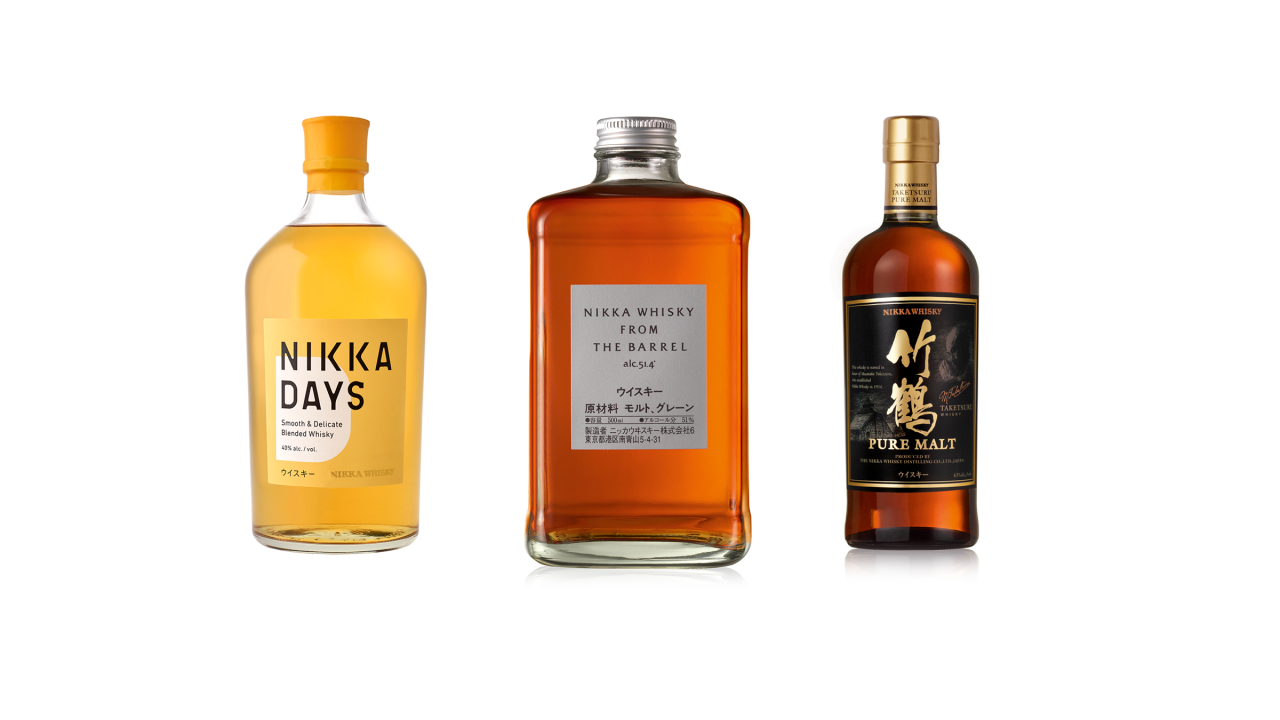
Whisky production is a relatively new craft in Japan, but the country’s distillers have wasted no time in making their mark on the industry. Today heralded as world-class, Japanese whiskies have won countless accolades and praise – not bad going for a country with only a handful of distilleries.

